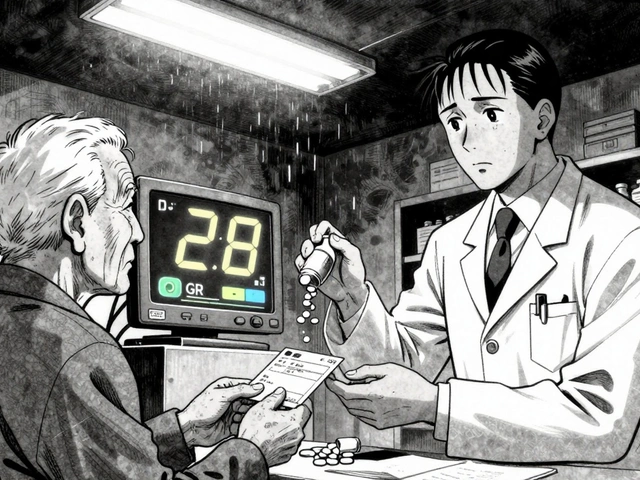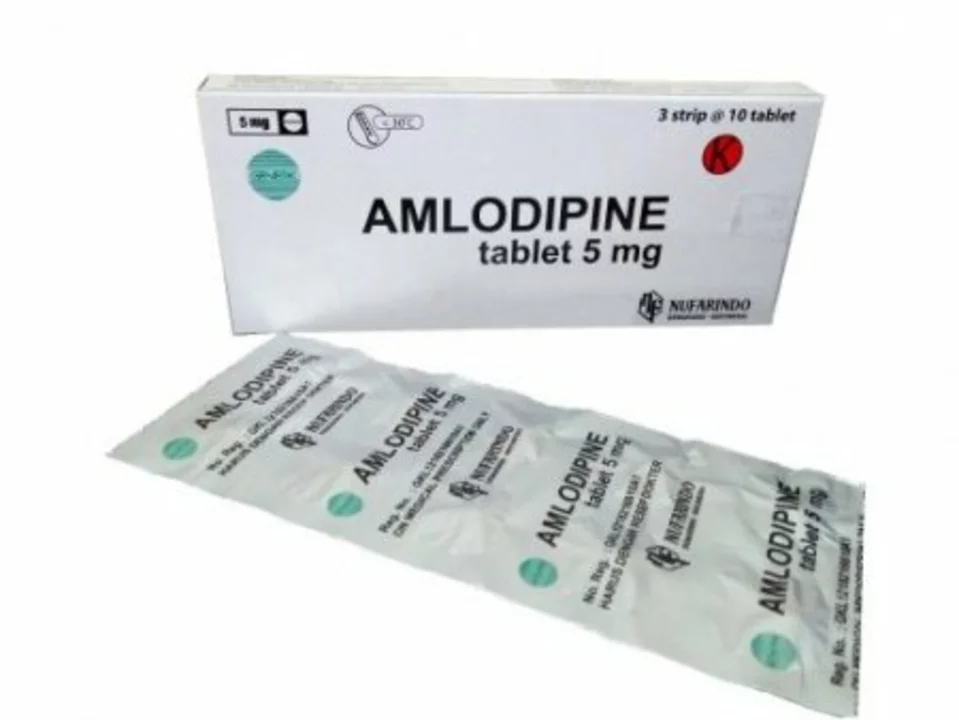Amlodipine: Easy Guide to Uses, Dosage & Buying Safely
If you’ve been told to take amlodipine, you probably wonder what it actually does and whether you’re using it right. In plain terms, amlodipine is a calcium‑channel blocker that relaxes blood vessels so the heart doesn’t have to work as hard. The result? Lower blood pressure and less strain on your arteries.
What Is Amlodipine and How Does It Help?
Amlodipine targets the smooth muscle in vessel walls, stopping calcium from tightening them up. That keeps the tubes open, making it easier for blood to flow. Doctors prescribe it for hypertension, angina (chest pain), and sometimes to protect kidneys in diabetes. Most people start with a low dose – usually 5 mg once daily – and may increase to 10 mg if needed.
The drug works whether you take it in the morning or evening; just pick a time that fits your routine. Consistency matters more than the exact hour, because steady levels keep blood pressure stable. If you miss a dose, take it as soon as you remember unless it’s almost time for the next one – then just skip the missed pill.
Safe Ways to Buy Amlodipine Online
Buying prescription meds online can feel risky, but there are simple checks you can run. First, make sure the pharmacy shows a valid license and a physical address in your country. Look for HTTPS encryption on the site – that’s the lock icon in the browser bar.
Never give out full credit‑card details to an unknown seller without a secure payment gateway. Reputable sites will ask for a copy of your prescription or a doctor's note; if they don’t, walk away. Reading customer reviews can also reveal red flags like delayed shipping or unexpected extra charges.
When the product arrives, check the packaging: real amlodipine comes in blister packs with clear dosage markings and batch numbers. If anything looks off – misspelled logos, broken seals – contact the pharmacy immediately and consider reporting them to your health authority.
Finally, keep a record of where you bought it, the lot number, and the expiry date. That way you can quickly verify authenticity if a question pops up later.
Amlodipine is generally well‑tolerated, but like any medication it has side effects. The most common ones are swelling in the ankles, mild headache, or flushing. If you notice sudden dizziness, rapid heartbeat, or severe swelling, call your doctor right away – those could signal a more serious reaction.
To get the best results, pair amlodipine with lifestyle tweaks: cut down on salty foods, stay active, and limit alcohol. Even modest changes can boost the drug’s impact and help you hit your blood‑pressure goals faster.
Remember, you don’t have to navigate this alone. Talk to your pharmacist about any concerns, ask for a medication schedule, and keep an eye on how you feel day-to‑day. With the right dose, reliable source, and a few healthy habits, amlodipine can be a simple tool in keeping your heart happy.
Norvasc Uses, Dosage, Side Effects, and Important Facts for Blood Pressure Control
Norvasc is a widely prescribed medication for high blood pressure and chest pain (angina). This article breaks down how Norvasc works, who should use it, what side effects to expect, and tips for getting the most out of your treatment. You'll find specific advice, facts, and relatable stories to help make sense of this common medication. Learn about dosage, interactions, and what daily life on Norvasc might look like, so you can take control of your blood pressure with confidence.
Amlodipine and POTS Syndrome: Can This Medication Help with Symptoms?
In my recent blog post, I explored the potential benefits of Amlodipine for individuals with POTS Syndrome. I discovered that this medication, typically used to treat high blood pressure, has shown some promise in alleviating symptoms for some POTS patients. However, it's important to note that the results vary between individuals and it may not work for everyone. I strongly recommend speaking with your doctor if you're considering trying Amlodipine for your POTS symptoms. As always, it's crucial to weigh the potential risks and benefits before starting any new treatment plan.
About
Health and Medicine
Latest Posts


Medication Dosing Adjustments: How Age, Weight, and Kidney Function Change Your Prescription
By Orion Kingsworth Dec 12, 2025

Borderline Personality Disorder: DBT Skills and Crisis Planning
By Orion Kingsworth Jan 3, 2026

Combining Multiple Sedatives: The Hidden Danger of CNS Depression
By Orion Kingsworth Nov 29, 2025


